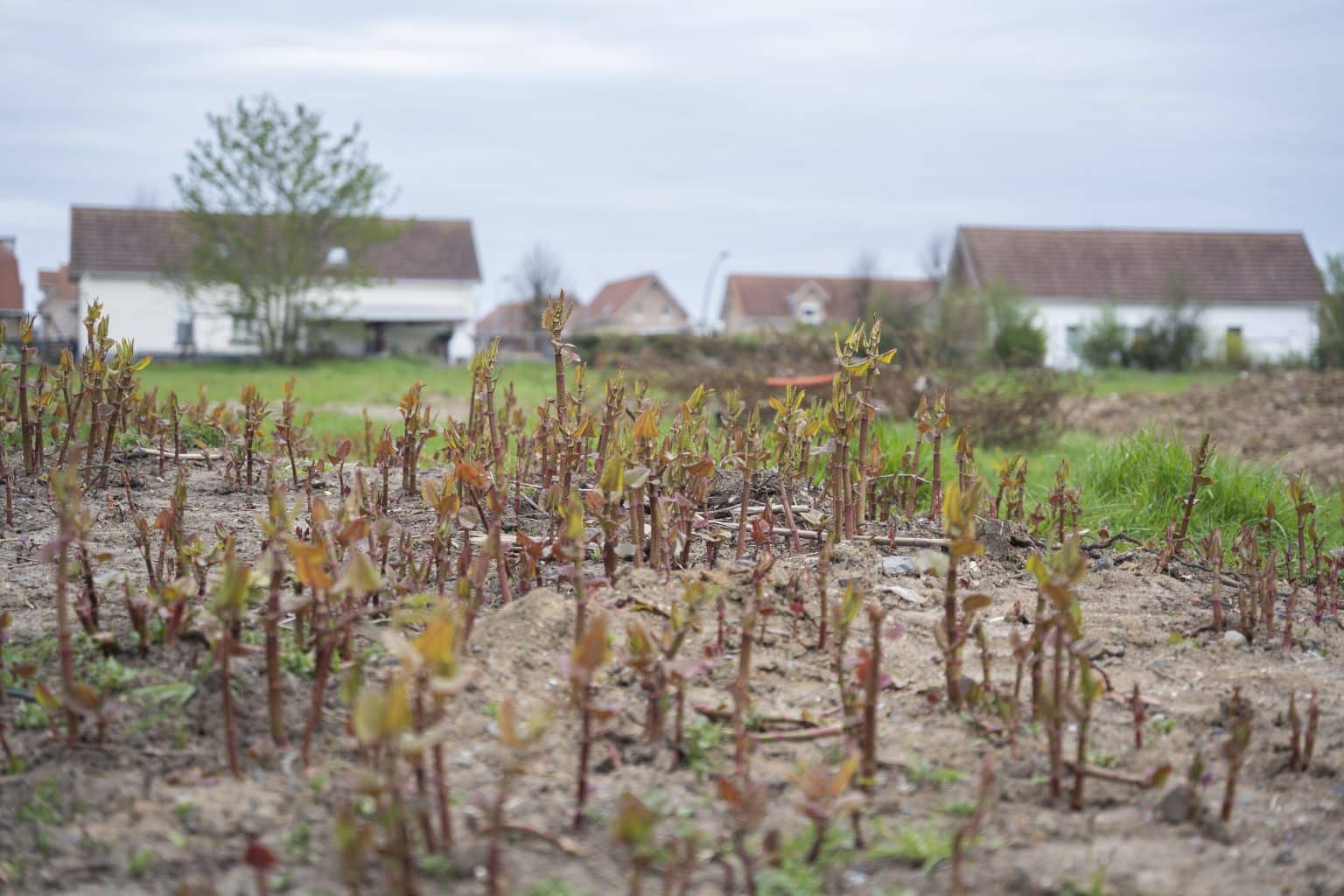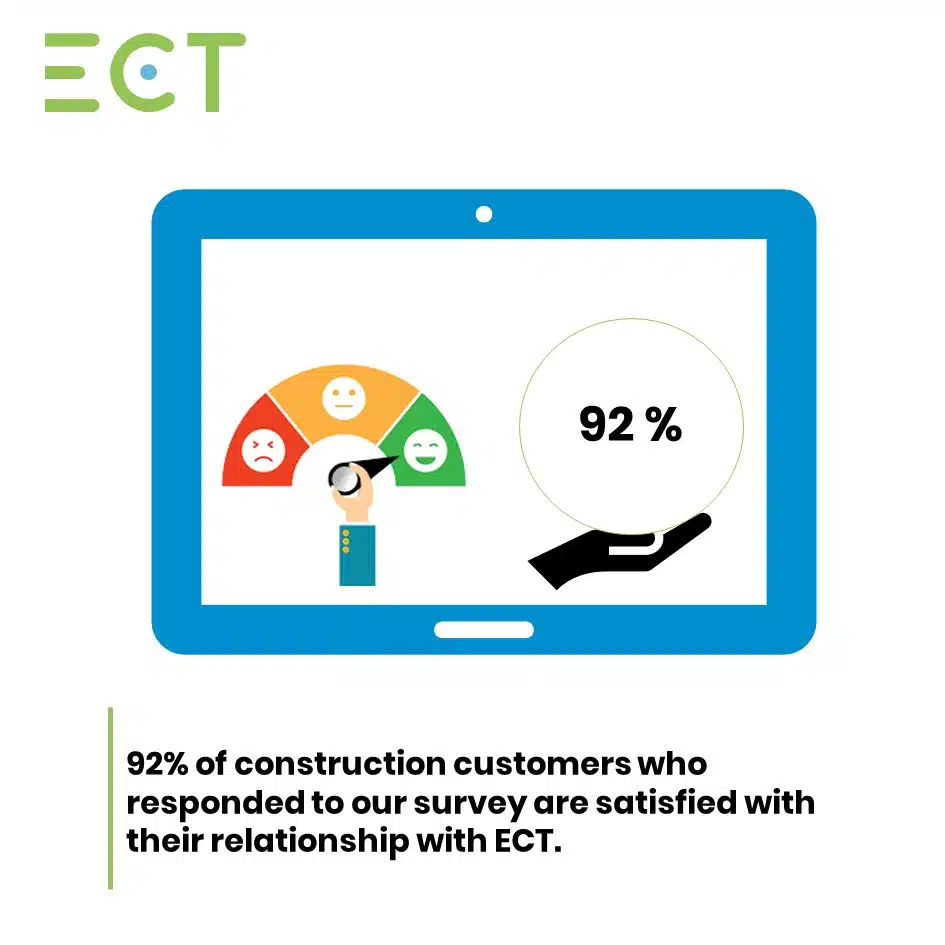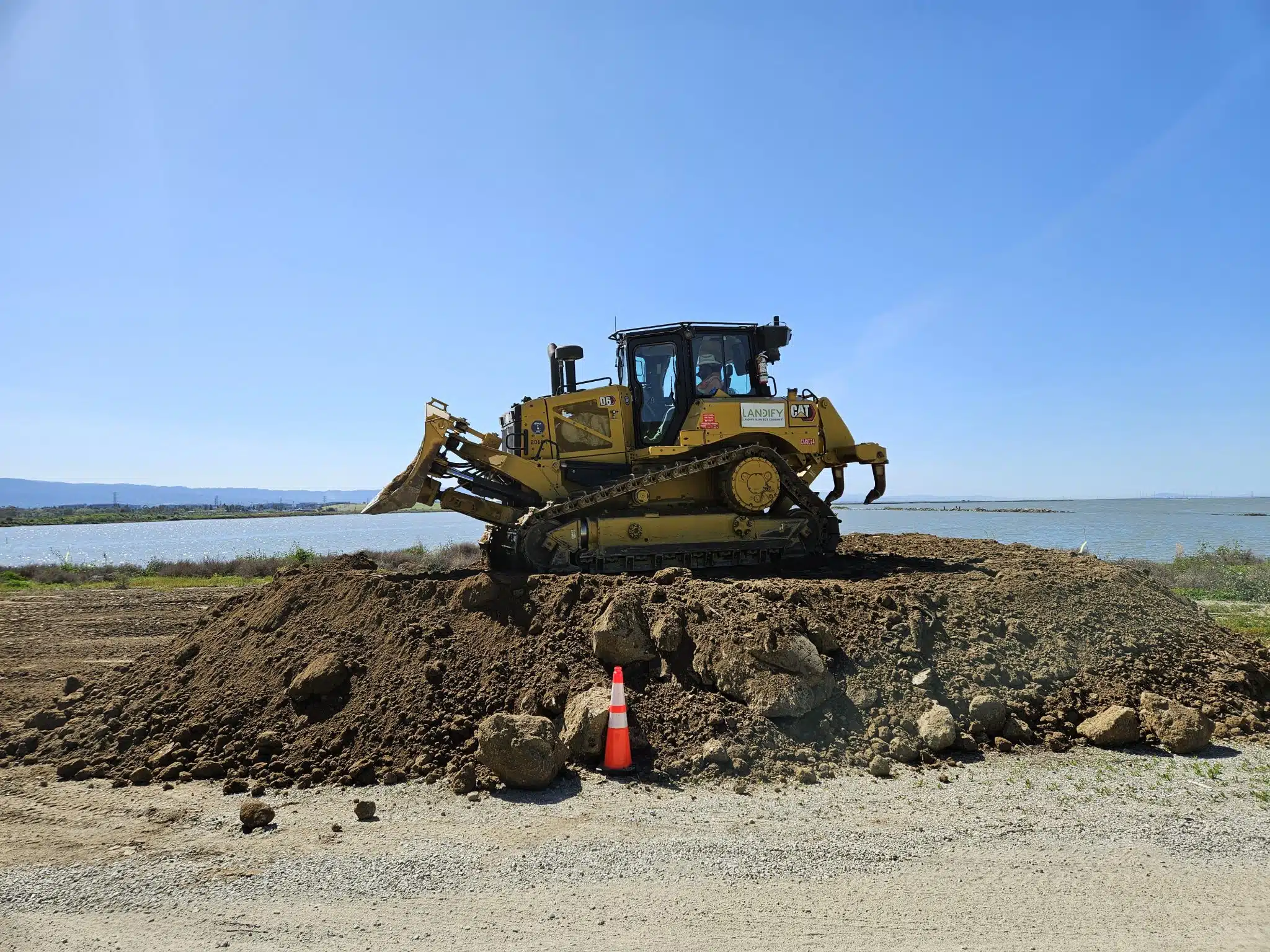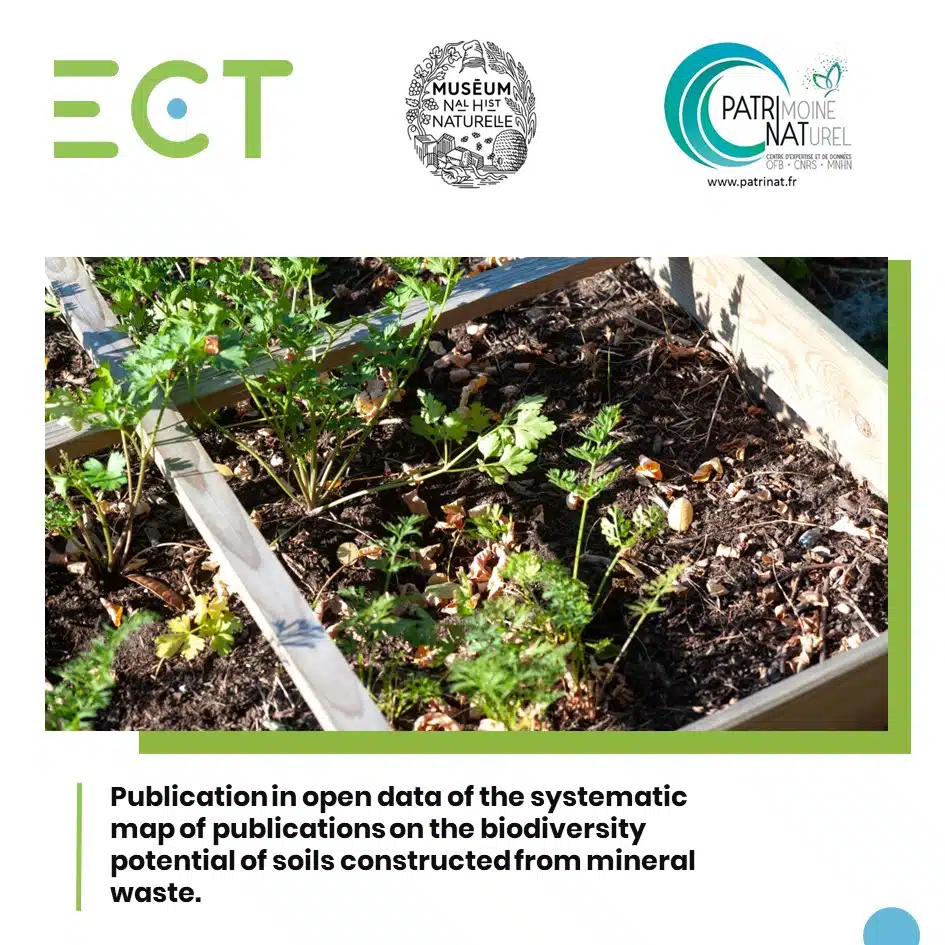The construction and public works sectors are increasingly concerned with environmental protection. On construction sites, a sometimes overlooked but crucial problem is that of invasive alien plant species (IAS), which cause significant ecological, health and economic damage. Certain construction sites may be subject to EVEE diagnostics. If the diagnosis is positive, land-related procedures must be followed. In response to this situation, ECT is launching a new offer to meet the specific challenges of soil evacuation impacted by EVEEs, and is upgrading its DAPs.
A triple commitment to reduce the proliferation of EVEEs
As part of our commitment to enhancing, reinforcing and preserving biodiversity, ECT has joined forces with the Office Français de la Biodiversité (OFB) and in partnership with Humanité et Biodiversité, to fight against EVEEs.
This commitment has led ECT to implement an ambitious triple objective to contribute to this essential cause.
- Reducing proliferation on operational sites: ECT is committed to actively reducing the presence of invasive alien plant species on its own development sites. This approach aims to restore and protect local ecosystems.
- Limiting dissemination from customer sites: In addition to controlling proliferation on its own sites, ECT implements strict measures to limit the spread of EVEE from its customers’ worksites. This proactive approach, through new DAPs, aims to prevent the contamination of new environments.
- Creation of an offer dedicated to the management of land impacted by EVEE: In response to this growing challenge, ECT has developed a specialized offer for the management of construction site soil impacted by invasive alien plant species. This integrated solution combines environmental management expertise and public works know-how to ensure responsible management of the sites affected.
Customized training for our teams
Guillaume Lemoine, Biodiversity Advisor, and Guillaume Paradis, Sales Director at ECT, recently ran a customized training course for the company’s sales, environment and quality departments. The aim of this initiative was to raise awareness and mobilize employees around the ecological, health and financial issues associated with EVEEs. The success of this action reinforces ECT’s commitment to the fight against these invasive species.
Awareness and proactive action are essential to counter the threat to biodiversity posed by invasive alien plant species. As a responsible and committed company, ECT plays a crucial role in this fight, implementing concrete measures and mobilizing its teams around this vital cause for our environment.
EVEEs: one of the 5 causes of biodiversity loss
Invasive alien plant species, often introduced by man for ornamental or agricultural purposes, can rapidly colonize natural ecosystems, crowding out native species and upsetting ecological balances. These invasive plants can also cause damage to infrastructure, clogging pipes, damaging buildings and creating public safety risks.



